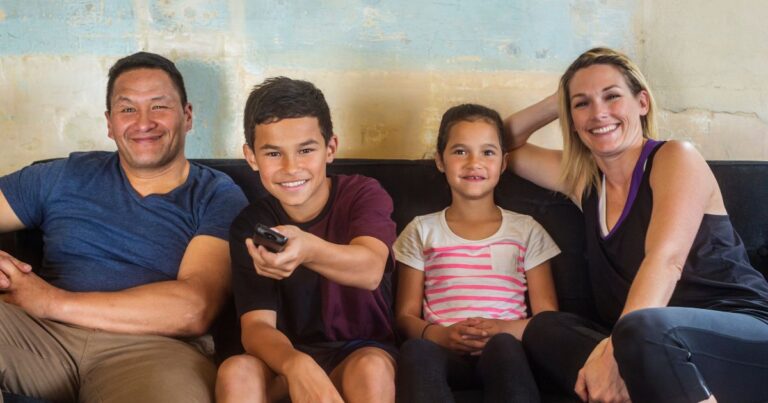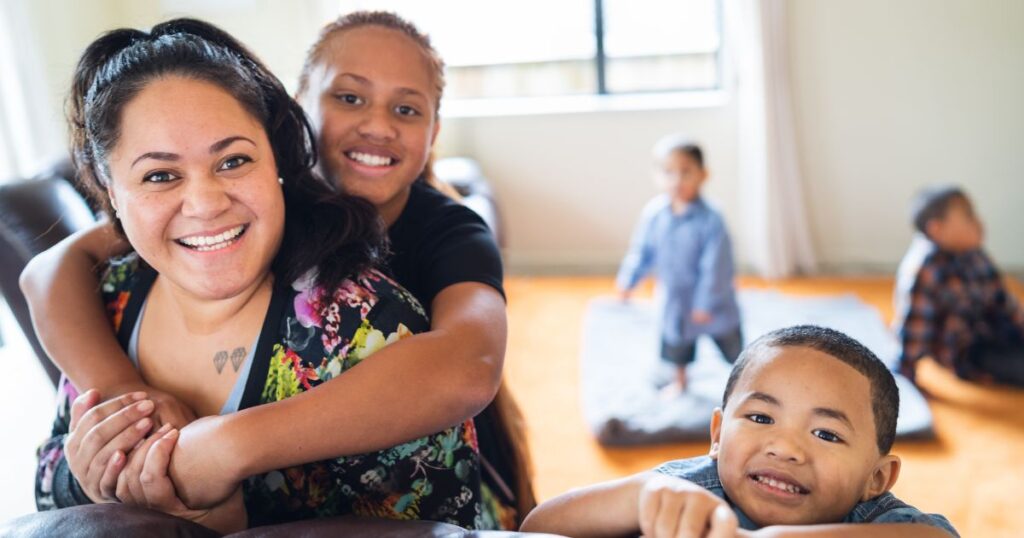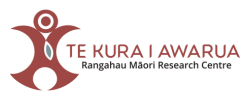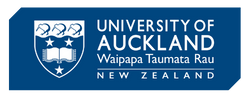‘He wairua tō te kai’ – ‘there is life, wellbeing and meaning to be found in food’ welcomes all to participate in the cultural, spiritual and environmental aspects of food and nutrition, enabling an informed advocacy role around transforming food systems for children, whānau and communities in Hawke’s Bay.

Our research will inform how we can best influence future food systems using Mātauranga Māori and systems science to better understand, and support schools, whānau and community kai-related outcomes, creating flourishing, environmentally sustainable communities.

Acknowledging the value and ethos of mātauranga Māori provides a deeper knowledge that can empower Māori, Pākehā and communities to change systems.
Taking a holistic approach to health as a key outcome measure, in particular in schools.
Working ethically and responsibly with communities in the design of initiatives and solutions.
Achieving collective thought, collective action; through connecting people, projects and initiatives.
Across the community food insecurity is pervasive and so we will work to address this before focussing in on nutrition.
As an opportunity to act in a direct, meaningful and practical way to providing nutritious food and nutrition education.





